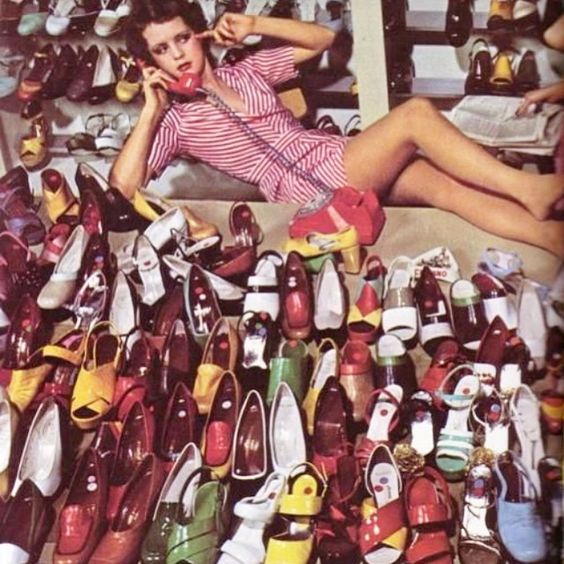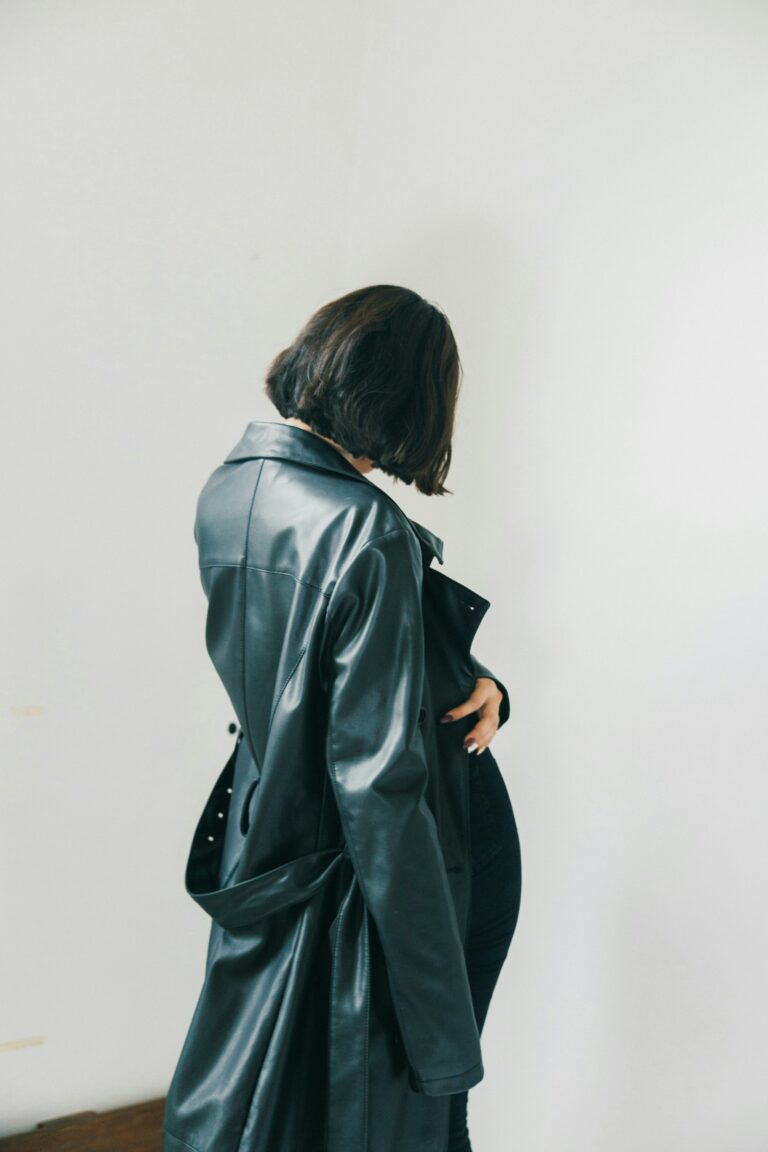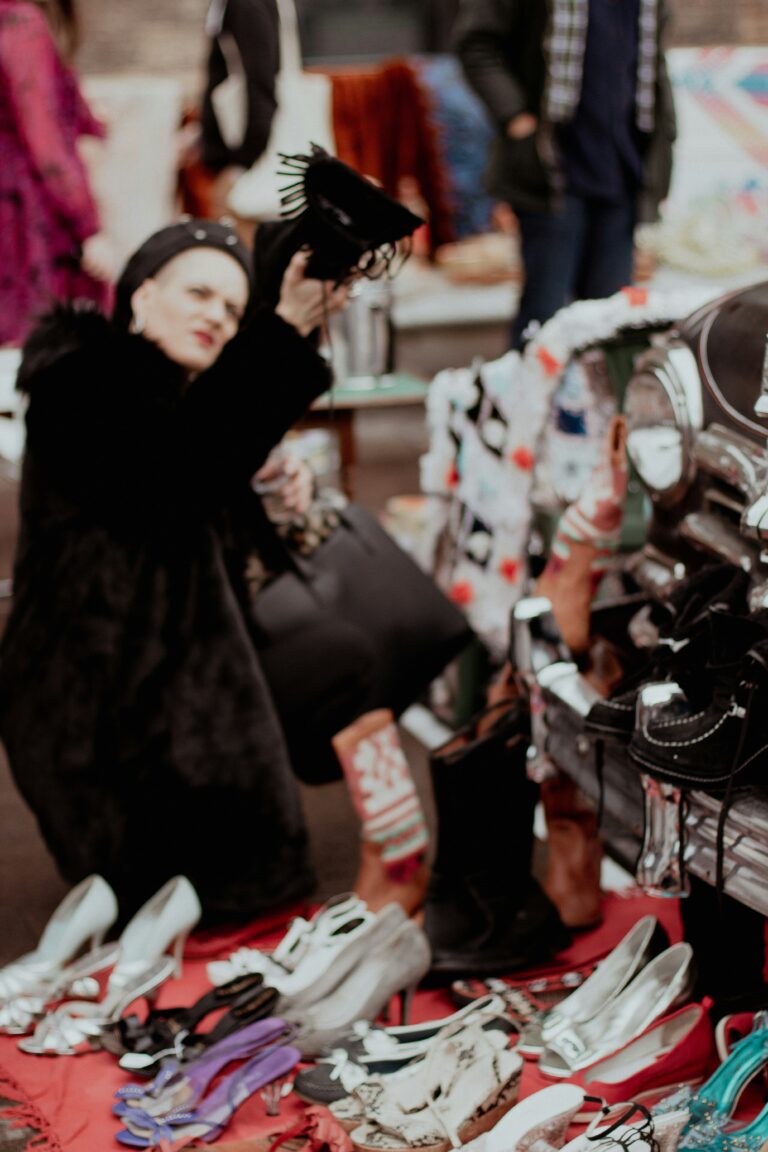
Fashionistas, since you have already got the style, now it’s time to level up—sustainably! Forget fast fashion’s fleeting allure; the real deal is building a wardrobe that’s equal parts timeless and eco-conscious. Think fewer pieces, better quality, and an investment in your style that lasts well beyond a single season. It’s all about creating a closet that works for you—and the planet.
Imagine slipping into your signature jacket, owning durable denim that grants you timeless silhouettes, even walking a mile in shoes that support every step of your fashion style for the future to come. Quality staples aren’t just an upgrade for your wardrobe—they’re a reset for your mindset and closet. Sustainability isn’t a sacrifice; it’s the ultimate glow-up.
Ready to choose the right fabrics, brands, and habits that align with these eco fashion values? Whether you’re learning how to care for your clothes, exploring sustainable materials, or hunting for one-of-a-kind vintage treasures, this guide has everything you need to curate your dream closet—and make 2025 your most fashionable and fashion-conscious year yet!
The new mantra: Quality > Quantity

It’s all about building a closet that works smarter, not harder. The days of fast fashion splurges are so ultra last last season. Do yourselves a favor and invest in fewer, higher-quality staples that are built to last and not always trendy clothing that lasts a week.
Think about the keyword of timelessness. For example staple denim, a T-shirt made with the most durable material or that perfect leather jacket that goes with everything! It is an investment, but think about it…Is it better to buy a product for 40 euros that lasts more than 3 years or a 100 euros product that lasts half a year? We are talking about the fabrics with the highest longevity, which coincidentally are also highly sustainable.
But sustainability isn’t just about durability—it’s a mindset. Choosing Quality over Quantity doesn’t just elevate your wardrobe; it brings clarity to your life. A well-curated closet not only looks better but feels better, keeping both your style and your mind refreshingly clutter-free..
The must-know Sustainable Fabrics

Think about your “Outfit of the Day”, this fabric is also in direct contact with your skin and the-entire-day your body breathes through these garments… when you get home, you change clothes and your body continues to breathe through fabric. We are not saying that to make healthy clothing choices we must remain in the nude all day, but the choice of fabric is more important than one can think.
According to the United Nations, the fashion industry is responsible for 10 % of the world’s carbon emissions and about 20 % of global wastewater because most fabrics in fast fashion use synthetics, polyester, nylon, denim, viscose, leather, fur and first use cotton that are made for profit and not the planet. Not only do they harm the environment through unsustainable farming, deforestation, and toxic chemicals they also affect our health… Sustainable fabrics, on the other hand, minimize this damage by using eco-friendly farming, recycled materials, and better end-of-life solutions. So here is a compiled list of top 10 sustainable (lower-impact) healthy fabrics for your skin and the planet, between plant-based, textile innovation and nature derived fibers:
- Organic Cotton & Recycled Cotton: Organic cotton avoids harmful chemicals; recycled cotton repurposes waste, saving water and energy.
- Linen: Made from flax, it uses minimal water and pesticides, plus it’s fully biodegradable.
- Hemp: A fast-growing crop that requires little water and no pesticides, naturally enriching the soil.
- TENCEL Lyocell: Made from wood pulp in a closed-loop system, it’s moisture-wicking and eco-friendly.
- Cork: Harvested from cork oak trees without harm, it’s renewable, durable, and biodegradable.
- ECONYL: Recycled nylon made from plastic waste like fishing nets, reducing ocean pollution.
- Bananatex: Made from banana plants, it’s pesticide-free and water-efficient.
- Piñatex: Derived from pineapple leaves, it’s a vegan leather alternative, reducing agricultural waste
- MycoTex: The material has excellent insulating and moisture-absorbing properties it is also 100% biodegradable fiber.
- Recycled wool (Ex. Merino): Reuses wool waste, cutting down on new resource use and extending the fiber’s life.
The Ethical brands worth the hype 2025

Perhaps, some might say that sustainability is just a trend, as the industry still works to figure out the best ways to incorporate it into their brands and ensure they remain part of the conversation, however, this “trend” should truly be – not a trend – but, a lifestyle. Certain markets, such as the Scandi’s, are leaders in sustainability-focused living and have authentic eco-conscious lifestyles, they showcase how eco choices are key—especially when it comes to avoiding the dreaded greenwashing.
Based on B Corp certification and results from The Good Trade 2024, here’s our ultimate selection of sustainably conscious brands worth the hype:
- Reformation: Stylish and carbon conscious since 2015, using primarily recycled and renewable materials. They aim for a transparent supply chain.
- Stella McCartney: A long-time advocate for animal rights and sustainable fashion practices. Avoids leather and fur, using innovative and sustainable materials like organic cotton and recycled polyester. She has also tried making bags from mushroom leather.
- Nudie Jeans: All products are made from organic cotton, offering a free repair service to extend the life of their jeans. Promotes transparency.
- People Tree: They use Fairtrade-certified organic cotton and natural dyes. They also prioritize low-impact production processes and support fair wages for their workers.
- Tentree: For every item sold, Tentree plants ten trees, aiming to plant one billion trees by 2030. Their materials include organic cotton, TENCEL, and recycled polyester.
- Organic basics: Produces essentials using organic cotton and recycled materials, aiming for zero waste.
- Everlane: Committed to radical transparency, revealing costs, and sourcing for its products. Aims for net-zero emissions by 2050. Uses responsibly sourced materials.
- Ninetypercent: Donates 90% of its profits to customer-selected charities, promoting a sustainable business model alongside its commitment to ethical sourcing.
- Ganni: Of course the Scandi brand is leading by example their approach focuses on circular fashion and sustainability, employing eco-friendly materials and transparent supply chains. O
- Chloé: As a B Corp company, it meets high standards of transparency, accountability, and environmental performance across its operations. The brand has committed to using 100% organic cotton by 2025.
- Marine Serre: On a path to becoming a certified B Corporation. Known for her up-cycling approach, Serre utilizes discarded materials to create innovative designs, reducing waste in the fashion industry. Approximately 50% of the clothing is made from up-cycled materials.
Care for your clothes so they last

I am sure we would all love to wear some of our favorite pieces forever. As or clothing lifespan is reliant on quality and care, we have to know how to prolong their durability to the maximum and here are our few tips on how.
- Read Care Labels: Always start by reading the care instructions on your garments. They contain valuable information about the best cleaning methods to avoid damage.
- Don’t Overwash: Many items can be worn multiple times before needing to be washed. For example, jeans can often go a week without a wash, which helps preserve fabric and color.
- Wash in Cold Water: Using cold water not only helps maintain the fabric’s integrity but also conserves energy. This method reduces the risk of shrinkage and fading.
- Gentle Wash Cycle: Opt for a delicate wash cycle, especially for fabrics like silk or lace. A gentler cycle reduces stress on the fabric and helps maintain its shape.
- Air Dry: Whenever possible, let your clothes air dry instead of tossing them in the dryer. This practice helps prevent shrinkage and keeps fabrics from deteriorating due to heat.
- Proper Storage: How you store your clothes matters! Use padded hangers for delicate items and avoid cramming clothes together in your closet, which can lead to wrinkles and fabric stress.
- Tackle Stains Quickly: If you spill something, treat the stain right away. Blot (don’t rub) the area with cold water and a bit of mild detergent to lift the stain before it sets.
Thrift and Vintage Hunting: Find One-of-a-Kind Gems

Encourage embracing second-hand shopping to discover unique, timeless pieces while reducing waste. Highlight the thrill of the hunt and the sustainability benefits of giving clothes a second life.
Second-hand shopping —is an art form, a treasure hunt, and a commitment to sustainability all rolled into one. When you embrace thrifting and vintage hunting, you’re stepping into a world of unique, timeless pieces that simply can’t be replicated by mass-produced fast fashion. From that perfect oversized blazer to a vintage Chanel bag or quirky retro accessories, every find has a story waiting to be told—and you get to be the next narrator.
The thrill of the hunt is unmatched. It’s not just about the clothes but the journey of discovery—sifting through racks, spotting hidden gems, and the sheer joy when you find something *perfect* and just for you. Every piece you rescue from a thrift store or vintage shop is one less item heading to a landfill and one more step towards a more sustainable future. It isn’t just about shopping; it’s about redefining how we value clothing. By giving garments a second (or even third) life, you’re reducing waste, lowering demand for new resources, and supporting a more circular economy. Plus, you’re curating a wardrobe that’s entirely your own—filled with pieces no one else has.
So, why not make this habit a regular part of your style journey? The next time you’re on the lookout for something fresh, skip the mall and head to a second-hand shop instead. You’ll not only uncover one-of-a-kind fashion item, but also could set in motion a whole new fashioncore that’s stylish, sustainable, and undeniably rewarding.
And as Yves Saint Laurent once said: “Fashion fades, but style is eternal” — (especially when it’s sustainably sourced.)
Author Jolana Prokešová
“One of the things I love about fashion is how it intertwines with other forms of art. Whether it’s blending elements from dance, architecture, or visual art into a fashion presentation, it all unites to create a spectacular experience.”- Jolana Prokešová is a dynamic fashion business student with a diverse background in photography, event management, and interior design. With her keen insights and fresh perspective as a member of Gen Z, she’s uniquely positioned to observe the future of fashion.
